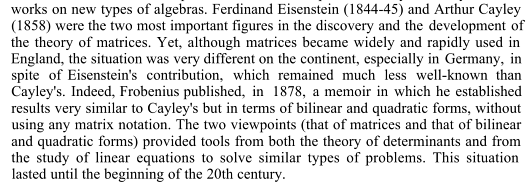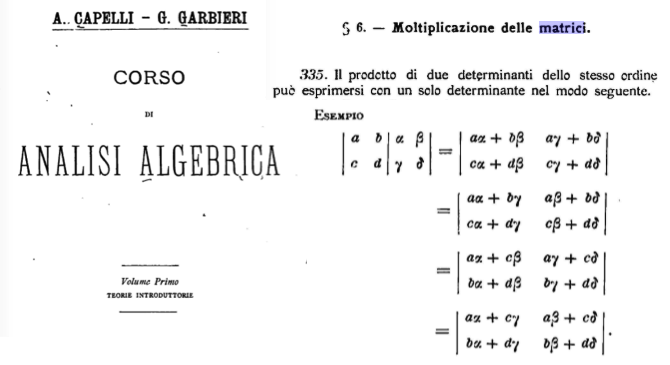How and when did the word "normal" acquire this meaning? When I first thought of this, I couldn't really come up with any explanation that wasn't complete speculation — pretty much all I was able to see was that it isn't any stranger than "right" in "right angle" — the angle is probably as right as the lines are normal. But on reading the etymology note in the entry for "normal" in the American Heritage Dictionary,
Middle English, from Late Latin normalis, from Latin, made according to the square, from norma, carpenter's square;
I thought that was probably it — it probably came from the perpendicular sides of a carpenter's square. Did it then? And how was it introduced? If this is indeed what's going on, either the meaning must have been introduced long ago, when people still realized what the etymology of "normal" is, or some really erudite mathematician must have introduced it, perhaps to show off their erudition.
So how did it happen?


Best Answer
normalis already meant right-angled in classical Latin; for example, angulus normalis appears in the first century text De institutione oratoria (volume XI, paragraph 3.141) by Marcus Fabius Quintilianus.
In a commentary on this text from the fifteenth century this early use of the word "normalis" is explained as "rectus", see screenshot:
"Angulus normalis est idem qui angulus rectus" = "a normal angle is the same as a right angle"
In response to Ketil Tveiten's question: "How did normal come to mean ordinary" : according to this source, the meaning of normal as conforming to common standards seems to be of recent origin (1828?).